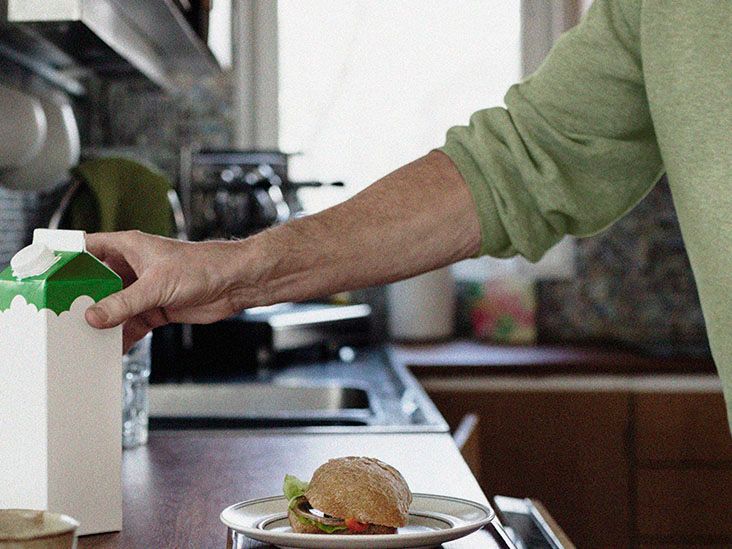The problem with generalities applied to all is that there will be some who might try to achieve these levels, but are putting themselves at risk. Since SMBG is not an exact science, then it can mask problem levels.so they may not know. Sudden or intense exercise, endurance exercise, the presence of certain kidney or thyroid issues can become exacerbated by dehydration or inflammation / sickness.
The problem is not the short drop into low levels, but setting a target for achieving an HbA1c of 26 or so may seem like a good idea, but as I said previous, the closer one gets to 3.9 mmol/l then the headroom to recover from a hypo is reduced and for instance, a shock reaction may lead to loss of consciousn or cause confusion. I am speaking as a T2D here, where the liver will normally respond with a boost of stored glucose to compensate. If that store is depleted then that boost will be reduced or not available, and the gluconeogenesis process is not very quick acting or efficient.
The NICE SUGAR trial study showed that insulin users had lower mortality risk when their average level was 8-10 mmol/l compared to the trial group who were restricted to the 4.5-6 mmol/l range.
The EMcrit study showed that patients in ICU who had been tightly controlling their condition had a higher mortality rate than those controlling in the 80-100mg/dl (4.4 - 5.6 mmol/l). Of course, they were not taking into account the Carni diet, but it bears out the comment I made about headroom and stress/ shock.






